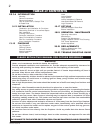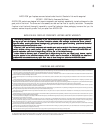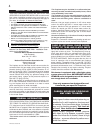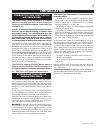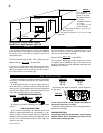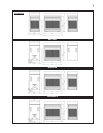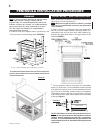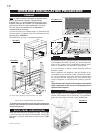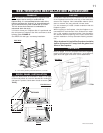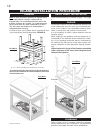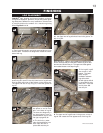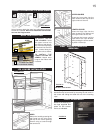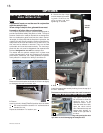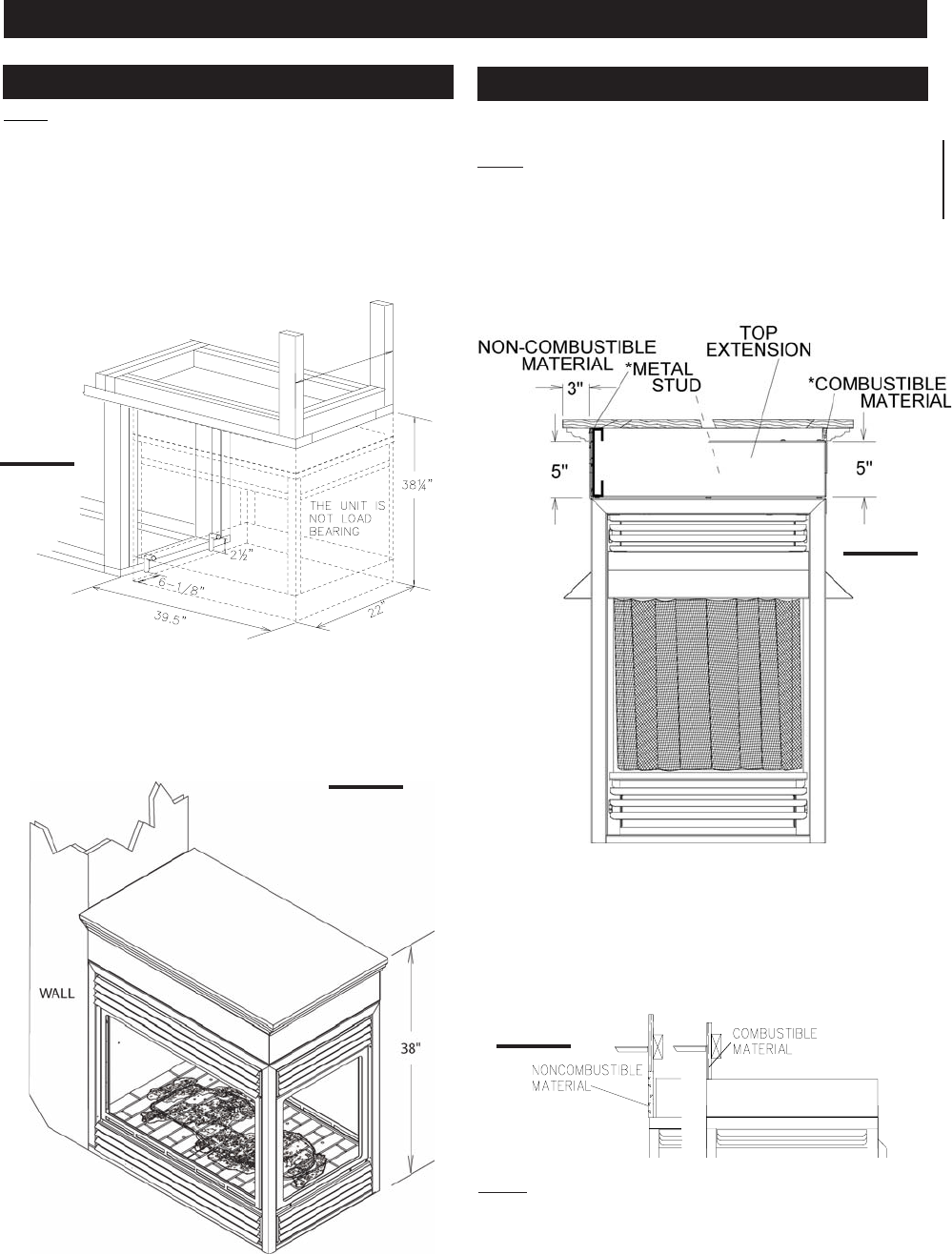
8
W415-0319 / D / 08.03.05
Note: In order to avoid the possibility of exposed insula-
tion or vapour barrier coming in contact with the
fireplace body, it is recommended that the walls of the
fireplace enclosure be “finished” (ie: drywall/sheetrock),
as you would finish any other outside wall of a home.
This will ensure that clearance to combustibles is
maintained within the cavity.
It is best to frame your fireplace after it is positioned. Use
2x4's and frame to local building codes. FIGURE 5.
To install the fireplace face flush with the finished wall,
position the framework to accommodate the thickness
of the finished wall.
When finishing the fireplace, combustible material may
rest directly on of the top extension.
Note:Note:
Note:Note:
Note:
Maximum weight tolerance is 400 lbs, provided
that it is evenly distributed across the top extensions
of the fireplace.
In order to achieve a countertop or bar type appearance
with the minimum height allowed, framing must be non-
combustible and may be done with metal studding at-
tached to the heat shield sides or the upper frame of the
fireplace. FIGURE 7.
A
FIGURE 5
TOP OF THE UNIT
TOP EXTENTION
FIGURE 8
FIGURE 6
A = 22 " minus finishing material thickness each side.
FIGURE 7
* The top extension may be removed if non-combustible
framing is faced with a non-combustible material placed
flush with the front face of the unit and extending from the
top of the unit. (Example: cement board) (not supplied).
Combustible counter / bar tops must maintain a minimum
of 38 inches from the base of the fireplace to the underside
of the top. Figure 8.
NOTE: Wolf Steel trim and/or surround kits will not to-
tally cover the top extension of the fireplace. In order to
obtain a smooth transition from the trim / surround to
the wall, it is recommended that the top extension be
removed and the unit be installed following the above
procedure.
PENINSULA INSTALLATION PROCEDURE
FRAMING
COUNTERTOP / BAR INSTALLATION




